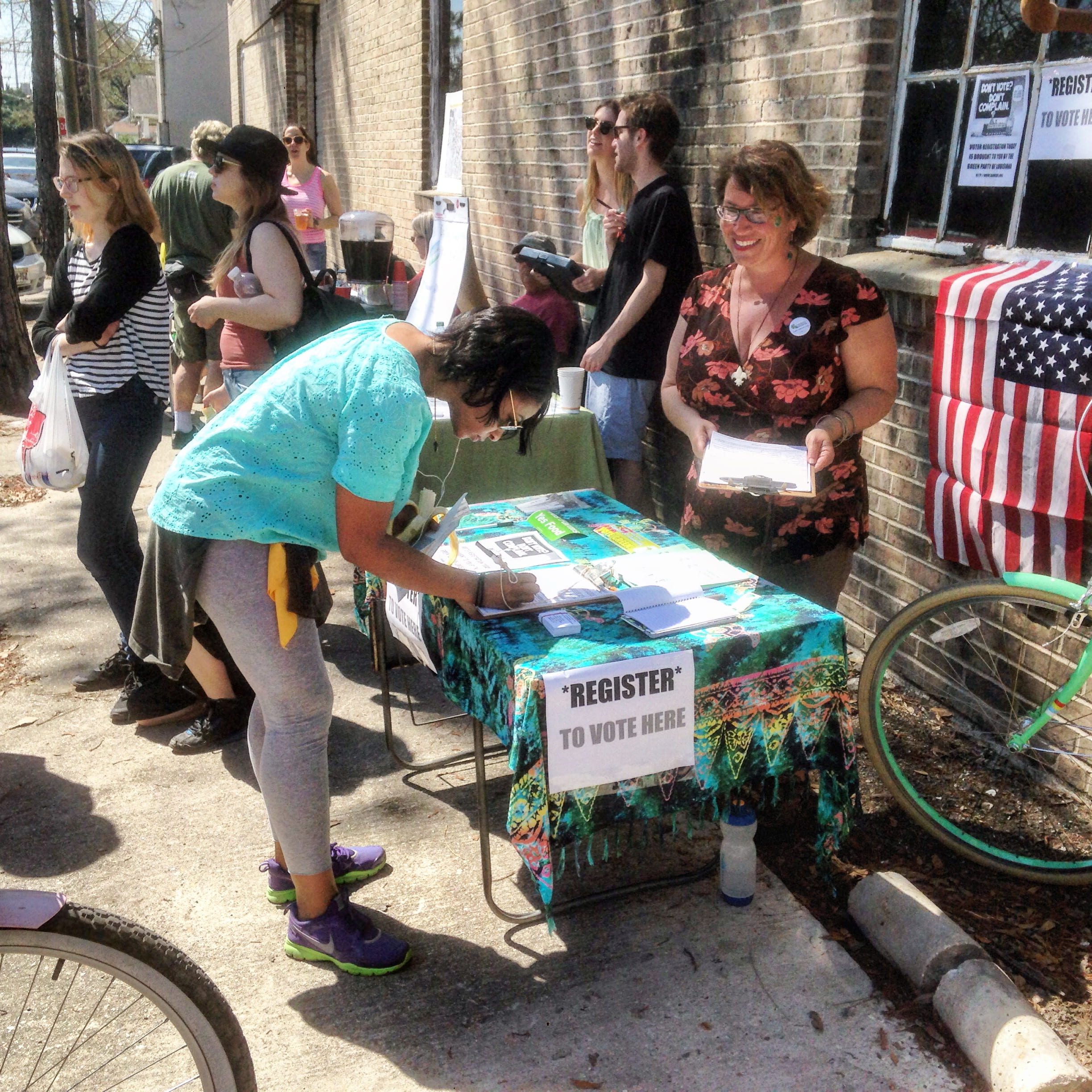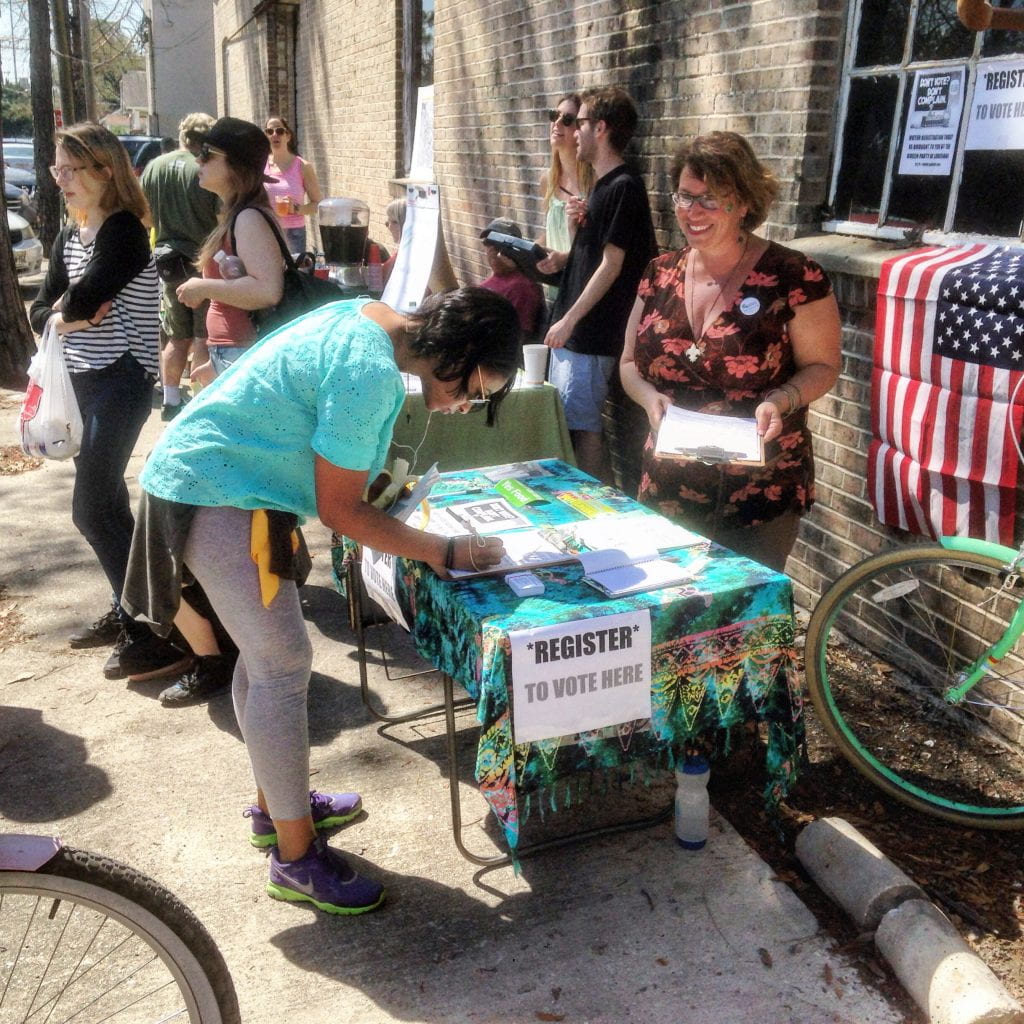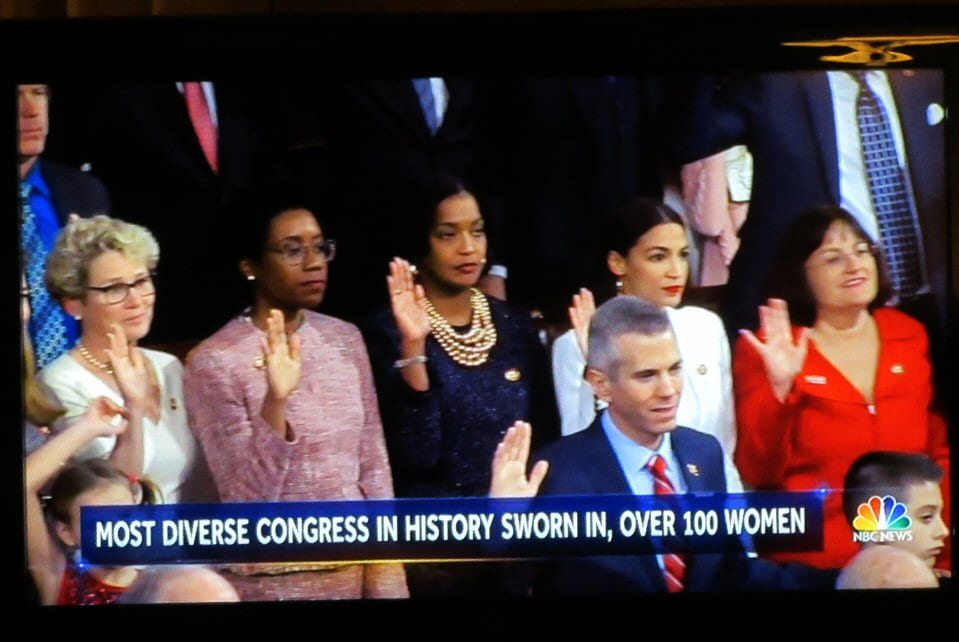
Last week, a 2-year old boy accidentally shot himself in his home in southwest Birmingham. Fortunately, he survived the gunshot wound and is being treated at the Children’s of Alabama hospital. The police are not sure how he obtained the gun yet, but the investigation is ongoing. Last month, a case of a two-year old boy in Indiana was reported who lost his life after finding his mother’s unsecured gun in their home and accidentally shot himself. A few months ago, a 12-year boy in Mississippi accidentally shot and killed his sister of the same age while playing with a gun. There are numerous other cases like these when children get access to unsecured firearms and end up in such horrific circumstances. These accidental shootings are defined by the term “family fire.”
Family fire is a shooting that involves improperly stored or misused gun(s) found in the home, resulting in injury or death, including unintentional shooting, suicide, and other gun-related tragedies. Family fire is a constant threat for all members of the household where firearms are not properly stored. The Harvard Injury Control Research Center found that the prevalence of guns AND unsafe storage practices are associated with higher rates of unintentional firearm deaths. It was also found that youth killed in these gun accidents are shot by other youth in most cases, usually someone of their own age and typically a family member or friend.
Every day, family fire injures or kills eight children in America. According to a report from the New York Academy of Medicine, children under the age of 18 suffer the most from in-home gun-related incidents. For suicides and unintentional deaths, the gun used almost always comes from the child’s home, resulting directly from improperly stored firearms and the lack of proper precautions. Over 4.6 million children in the United States live with unlocked or loaded guns in their homes.
A large body of evidence has shown that the presence of guns in a child’s home substantially increases the risk of suicide and unintentional firearm death, though recent data suggests that not a lot of gun owners appreciate this risk. Parents and other adults who own guns tend to greatly underestimate the possibility of children being able to access those arms. It has been found that 75 percent of kids know where that gun is stored in their home. A report on “Parental Misperceptions About Children and Firearms” revealed another shocking fact that one in five kids had handled a gun in the absence of their parents. Not only that, children’s exposure to unsafely stored firearms can also have consequences beyond the home. It has been found that 75 percent of school shootings are facilitated by kids having access to unsecured and/or unsupervised guns at home.
Considering the seriousness of these statistics and the deadly consequences of unsafe access to guns, Brady launched a “End Family Fire” campaign. Through this initiative, they strive to promote the use of the term “family fire” in order to raise awareness of this nationwide crisis and drive social change by educating and encouraging gun owners about safe gun storage. Their belief is that family fire can be ended with joint community action and public awareness and that lives can be saved through promoting safe storage practices.
Ad Council, America’s leading producer of public service communications, partnered with EndFamilyFire.org to bring attention to this pressing issue and to encourage people to learn more about proper gun safety and responsible ownership.
Research data from the New York Academy of Medicine shows that:
“The risk of unintentional and self-inflicted firearm injury is lower in homes that store firearms unloaded (compared with loaded) and locked (compared with unlocked). In keeping with this evidence, guidelines intended to reduce firearm injury to children, first issued by the American Academy of Pediatrics (AAP) in 1992, assert that whereas the safest home for a child is one without firearms, risk can be reduced substantially, although not eliminated, by storing all household firearms locked, unloaded, and separate from ammunition.”
There is a lot of conversation around gun violence and gun rights in America. Much of this debate is focused on the 2nd Amendment of the US Constitution, which states that “A well-regulated Militia, being necessary to the security of a free State, the right of the people to keep and bear Arms, shall not be infringed.” Yet, what we need to understand is that this is more than a conversation about gun rights, gun violence, and whether or not people should have the right to bear arms. I’m sure that we can all agree on the importance of preventing our kids from the risks and deadly consequences of having easy access to firearms. Those on all sides of the Second Amendment debate and gun owners and non-gun owners need to come together to promote safe practices and prevent unfortunate incidents like family fire from occurring.
The first and foremost step is to safely store the firearm(s). It has been found that keeping guns locked and unloaded reduces the risk of family fire by 73%. Additionally, storing ammunition separately from its gun reduces the risk of family fire up to 61%. Keep them out of the reach of others, especially children, who can use them to dangerous outcomes. The State of New Jersey has required sellers to provide trigger locks or locked gun cases with each gun purchase, among other laws this has contributed in a decline of unintentional gun death cases in the state. It is another way to promote safe gun storage and making sure that people have the necessary equipment to do so.
Another way is to encourage discussions around responsible gun ownership and safe storage practices within our social circle, family, friends, and colleagues. The most important thing to do is to have a conversation with your kids. Make sure that they understand their limits on accessing firearms, do not consider it a toy, and understand the severity of consequences that may arise as a result. Discussing gun safety and making it a part of the family’s safety conversation is important, especially for gun owners because they play a powerful role in educating others about safe storage practices. Additionally, we need to begin asking others about the presence of unsecured guns in the home for their own safety, before moving in with someone, and before sending your kids to anybody’s home.
Family fire is a pressing issue affecting many families everyday in the country. We as a society need to take up the responsibility of addressing this problem, encouraging the lawmakers and security agencies to take notice and action, and play our part by both promoting and practicing safe gun storage practices.




